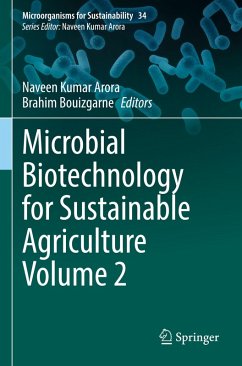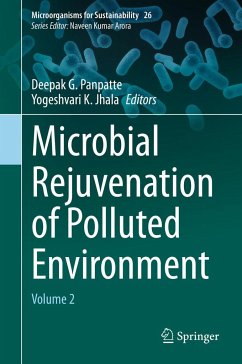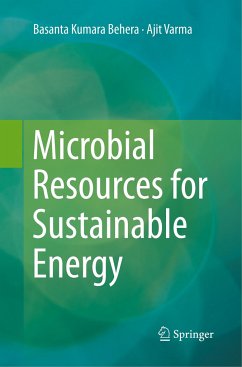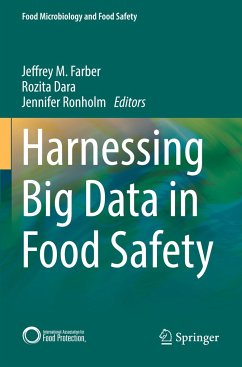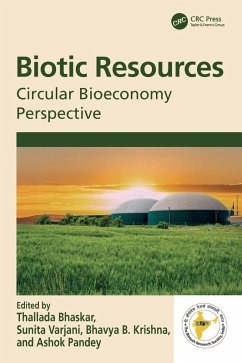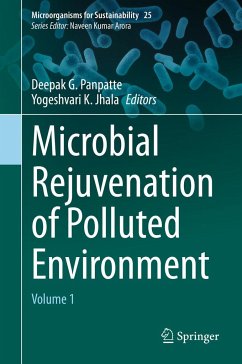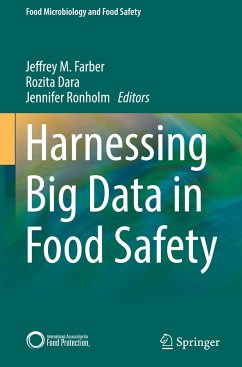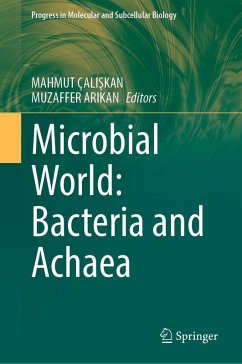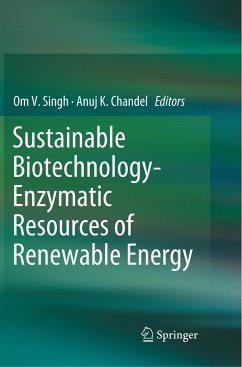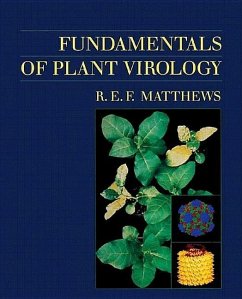
Harnessing Microbial Resources for Sustainable Agriculture
Versandkostenfrei!
Erscheint vorauss. 3. Februar 2026
151,99 €
inkl. MwSt.
This book discusses the basic and applied aspects of soil microbial functioning. It describes the physiological, biochemical, and molecular mechanisms of microbiomes that support plant growth by producing accessible nitrogen (nitrogen fixation), phosphorus (P mobilization), and hormones. It talks about the agriculturally-important microorganisms such as bacteria, actinobacteria, fungi, arbuscular mycorrhizal fungi, cyanobacteria and bacteriophages. This book also discusses techniques to reduce soil degradation and increase agricultural sustainability together with the latest advancements in cr...
This book discusses the basic and applied aspects of soil microbial functioning. It describes the physiological, biochemical, and molecular mechanisms of microbiomes that support plant growth by producing accessible nitrogen (nitrogen fixation), phosphorus (P mobilization), and hormones. It talks about the agriculturally-important microorganisms such as bacteria, actinobacteria, fungi, arbuscular mycorrhizal fungi, cyanobacteria and bacteriophages. This book also discusses techniques to reduce soil degradation and increase agricultural sustainability together with the latest advancements in crop and soil microbiome technologies. As climate change impacts agricultural productivity and soil health in affected areas worldwide, potential methods to find a balance between crop yield and soil health are becoming more and more important. This book brings together a group of knowledgeable authors to examine how microbiomes might be used to achieve agricultural sustainability in vulnerable and degraded places from a global viewpoint. Related subjects covered include composting, microbial engineering, waste management, pest control, soil health, and environmental contamination.
Researchers, professors of agricultural management and sustainability, environmentalists, graduate and postgraduate students, and agriculturalists are all intended audiences for this work.
Researchers, professors of agricultural management and sustainability, environmentalists, graduate and postgraduate students, and agriculturalists are all intended audiences for this work.




